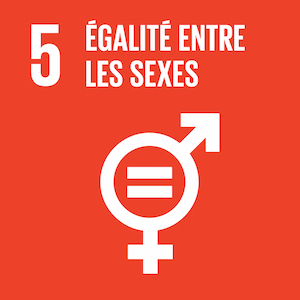Focus 2030
 Replier le menu
Replier le menu
Discover Focus 2030
Our organisation Our key programmes Our team Our partners Documentation Reports and publications News
Published 2 September 2019 in Analysis
Tackling gender inequality and promoting sexual and reproductive health and rights (SRHR) have become major issues at the heart of public development aid, both in terms of donor countries, developing country governments, and civil society.
Unlike the Millennium Development Goals (MDGs), gender equality is a central pillar of their successor the Sustainable Development Goals (SDGs), with a standalone Goal (Goal 5) and transversal objectives on gender equality throughout the other goals. On a global scale, though is good news that aid labelled by donors as contributing to gender equality (amongst other objectives) has increased five-fold since 2000 to reach 41 billion USD in 2016, it is worth remembering that only 4% of total ODA is exclusively focused on promoting gender equality.

And again, though important progress has been made on gender equality in the last twenty years, there are still huge challenges in particular areas: unmet need for contraception in developing countries is one of them. Sexual and reproductive health and rights however suffer from the additional challenge of donors’ conservative positions on these issues. The USA’s "global gag rule" for example places restrictions on organisations applying for American aid to use funds for providing information on safe and legal abortion.
In France, we can also see a gap between the rhetoric and the reality on SRHR, notably between the official vision of France at the forefront of defending these rights, and the very small amounts which are actually dedicated to SRHR in French aid.
The progress achieved by the MDGs on gender equality between 1990-2015, notably a 44% reduction in maternal mortality (deaths during or shortly after the birth of a baby), mean we can be hopeful about progress on the deeper and broader SDG gender commitments.
That said, nothing can be taken for granted, and women’s rights and empowerment globally are still very much to fight for:
You can download our Policy Note n°5 in French here. An English translation is forthcoming.